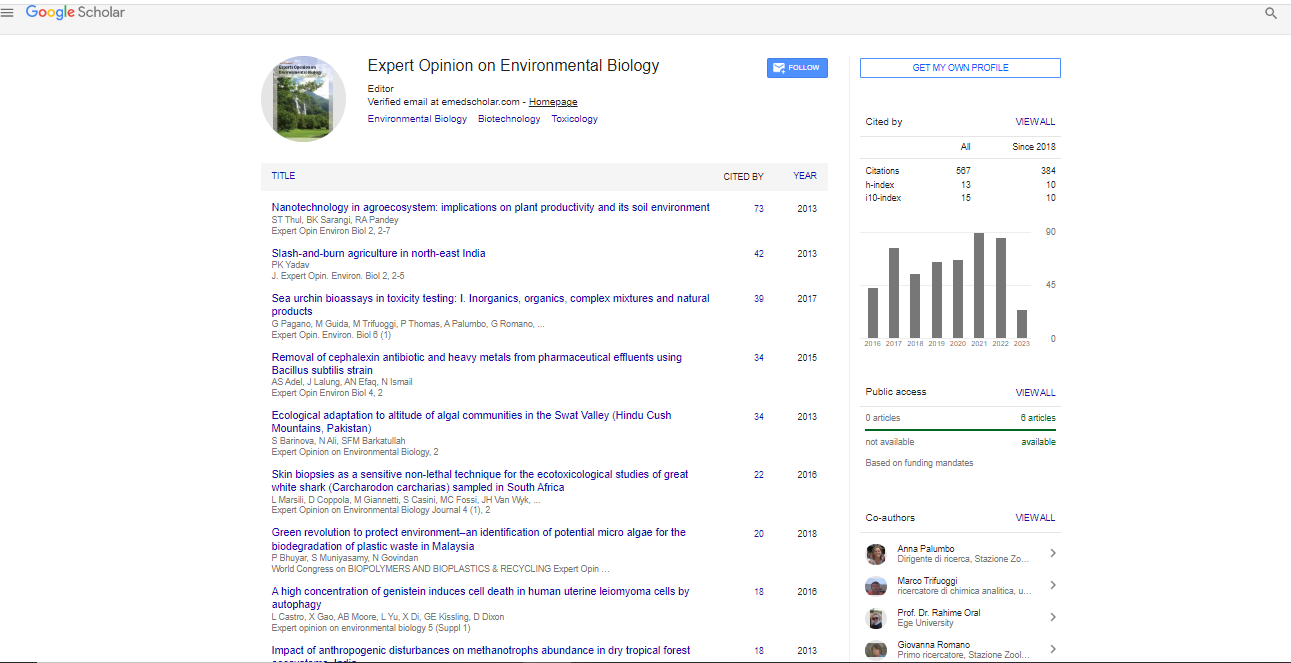Bringing energy-efficient building solutions to the North American and Asian markets at scale and speed
Merritt T Cooke
China Partnership of Greater Philadelphia, USA
: Expert Opin Environ Biol
Abstract
The United States and China represent the two largest economies in the world. They are also the two largest contributors to global greenhouse gas (GHG) emissions and in both countries, the built environment accounts for close to 40% of their emissions (in comparison to less than 30% for transportation systems). Therefore, any global effort to tackle climate change requires that energy-efficient building solutions be implemented at scale and speed in these two markets. The challenge is that, despite different commercial dynamics in the U.S. and China, both markets are characterized by jumbled incentive structures and horizontally-fragmented chains of decision-making which combine to impede the adoption of energy-efficient building solutions. The challenge of implementing energy-efficient building solutions at scale and speed in the United States and China is not primarily a challenge of technological innovation but rather a policy and behavioral challenge of aligning incentives among multiple stakeholders. For this reason, a framework combining political science at the macro level with behavioral economics in the real estate sector is utilized. The study borrows heavily from the practical experience of several programs – such as the U.S.-China EcoPartnership Program at the bi-national level and the AMPLIFY/EEB Lab Program at the global level – which have pioneered methodologies to bridge the gaps between industry players in both markets as well as between market conditions in both countries. The adoption of energy-efficient building solutions can be expanded in scale and accelerated in speed by focusing on the key role of cities in adopting these solutions and by leveraging existing relationship networks among various cities in each country as well as existing “Sister City” relationships between cities in the two countries. As cities take center-stage as the primary sub-national actors able to realize the intended nationally determined commitments set forth at COP21 in Paris in 2015, the larger U.S. and Chinese cities have a role of outsized importance to play. There is every reason to take advantage of the best programs of implementation practice and the most well-established networks of cross-border city-to-city sharing to expand and accelerate the adoption of energy-efficient building solutions on a bi-national basis.
Biography
Merritt T Cooke Founded the China Partnership of Greater Philadelphia in 2011 as a 501(c)(3) public-private platform to accelerate commercial and research collaboration between the Greater Philadelphia region and China in clean energy and energy-efficient buildings. He was a 2010 Public Policy Scholar with the Woodrow Wilson International Center for Scholars in Washington DC, researching the US-China clean energy relationship, particularly the interface of technology, policy and investment. His recent book is Sustaining U.S.-China Cooperation in Clean Energy was published and launched by the Wilson’s Center’s Kissinger Institute in September 2012. Previously from 2006-8, he served as Director for Asian Corporate Partnership at the World Economic Forum, the host of the Davos Annual Meeting and the ‘Summer Davos’ in China. In 2003, he was retired with the rank of Counselor as a Career-Member of the US Senior Foreign Commercial Service. During his fifteen-year career, he served as the US Government’s Senior Commercial Officer in Taipei and Berlin, as the Deputy Senior Commercial Officer in Tokyo and as Commercial Officer in Shanghai. He has received his PhD in Cultural Anthropology from the University of California at Berkeley in 1985, his MA from UCB in 1981 and his BA from Princeton University in 1976.”
 Spanish
Spanish  Chinese
Chinese  Russian
Russian  German
German  French
French  Japanese
Japanese  Portuguese
Portuguese  Hindi
Hindi 
